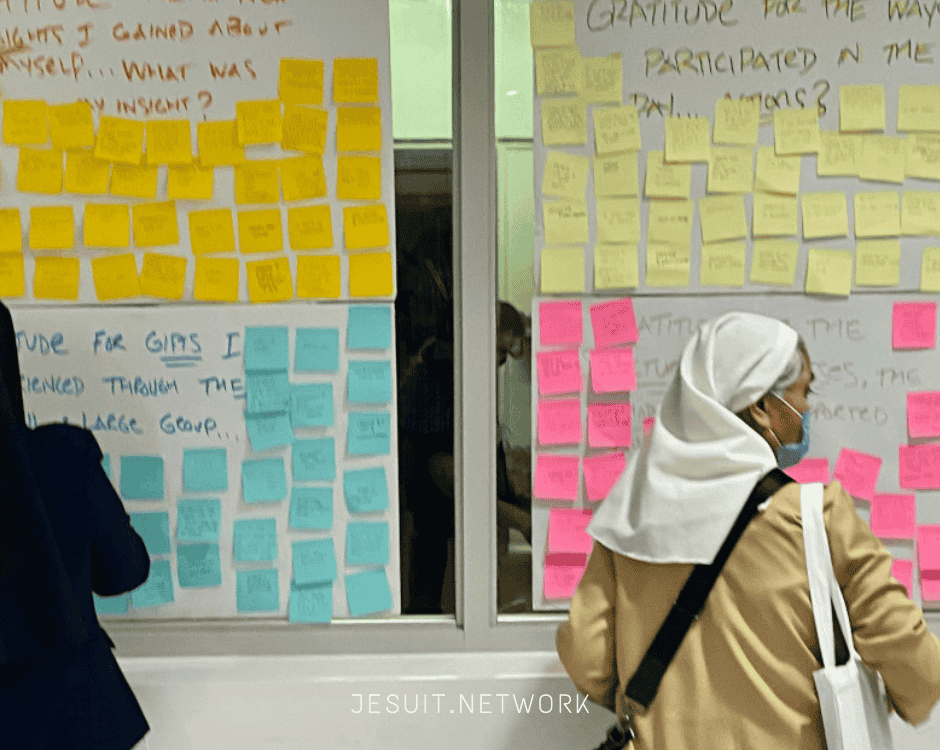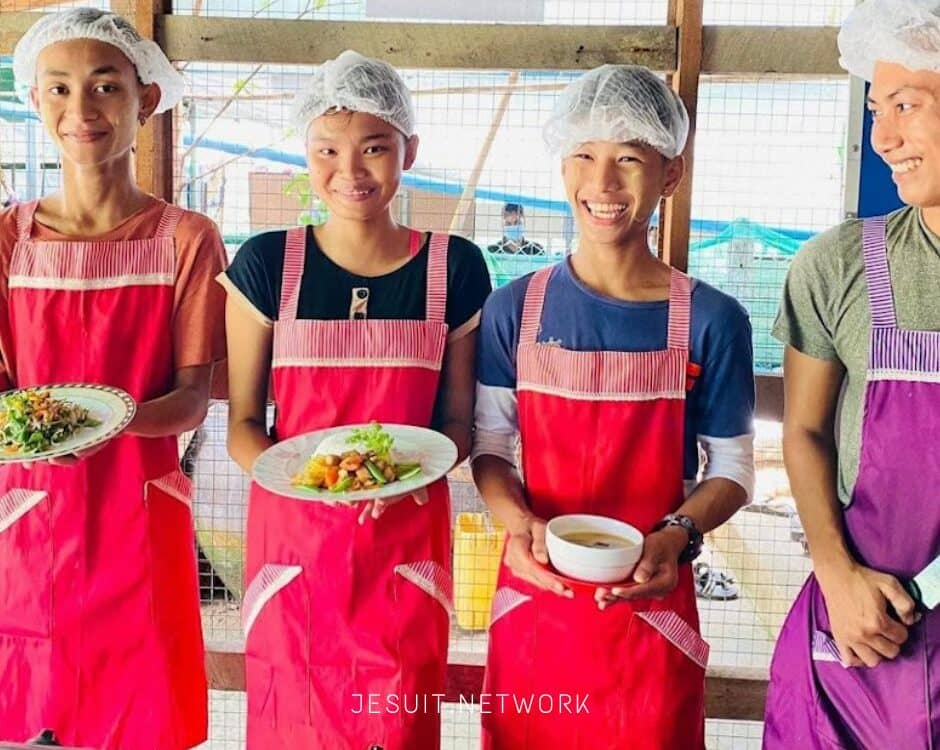This website uses cookies so that we can provide you with the best user experience possible. Cookie information is stored in your browser and performs functions such as recognising you when you return to our website and helping our team to understand which sections of the website you find most interesting and useful.
Voice of creation, voices of hope in Asia Pacific
On 4 October, the Season of Creation officially came to a close on the feast of St Francis of Assisi. This was the eighth year that the Catholic Church observed the Season of Creation, with Pope Francis formally embracing the practice in 2015. Its roots go back to 1989 when Dimitrios I, Ecumenical Patriarch of Constantinople, proclaimed 1 September as the day of prayer for creation, since it marked the beginning of the liturgical year for the Orthodox Church on which they celebrate God’s creation of the world. The World Council of Churches extended this remembering to 4 October, making it a season. Thus, for several years now, the whole Christian Church has been commemorating the Season of Creation as one united body of believers.
The theme for this year was to “Listen to the Voice of Creation” with the logo comprised of the earth in the background and a burning bush or tree on the foreground. The text “Exodus 3:1-12” at the bottom of the logo makes explicit the reference to the story of Moses and his dialogue with God. The theme and the logo complement each other and have come to represent a) the suffering of the Earth from forest fires, droughts, and other crises detrimental to creation; and b) the unheard voices of the poor, indigenous peoples, the forests, the seas, and all of creation that have been shoved aside and taken for granted. However, a third interpretation we can put forward is that of hope. Through the burning bush we can also hear voices of hope, and see many people, especially the young, apply themselves to alleviating the many forms of suffering happening in our world today.
Earlier this year, our Jesuit conference launched the Creators of Hope project to search for 10 young individuals or teams within Asia Pacific whose work and commitment to ecology can be a source of hope for others. We received a number of applications, but for this first year we selected five inspiring young people, who will each receive a grant of US$2,000 to further their projects. Here it is:
In no particular order, the first one is Weera Maneerattanawongsiri, 26 years old, from Thailand and known to his family and friends as “Air”. He works with Kep Phoktavi at the Emmaus Farm in northern Chiang Mai. Originally from a northern tribe, Air plans to gather indigenous heirloom seeds from the different tribal areas to plant, propagate, and share with farmers. His fear is that the rich diversity of indigenous vegetables will eventually be lost and overtaken by the few varieties of cash crops that big corporations push.
Second is Akhfaa Nazhat Alwafaa, 19, from Indonesia. Akhfaa lives in the Ath-Thaariq Ecological Boarding School in Garut, West Java, while studying electrical engineering at a nearby university. His mother, Nissa Wargadipura, is the founder of the boarding school. There, Akhfaa and the other boarders learn about Islam and the principles of agroecology, of which his mother is an avid proponent. Their plan is to continue implementing the 10 elements of agroecology, such as diversity, resilience, and responsible governance of nature, in the boarding school which is actually situated in a farm.
Desirie Tiberio, 22, from the Philippines is the third grantee. She is a member of a youth group based in Bacolod that had received support for university studies from the Good Samaritan sisters. Together, they began to rehabilitate a nearby abandoned area, cutting back the grass and cleaning it up. Their vision is to turn the area into a neighbourhood eco-park housing a spirituality centre, a seedling nursery, and a vegetable garden.
Also from the Philippines, Jann Vinze Barcinal, 21, is the founder and chairperson of Dulungan Youth based in Culasi, Antique province. Their project, “Stories of Hope in Community Conservation”, aims to implement a five-part writing and storytelling workshop for the youth of their province. The stories will revolve around the indigenous communities of the Central Panay Mountain Range and their actions to protect and conserve their lands. Part of their projected output is to publish articles and photographs, produce a magazine, and hold a public exhibition to create awareness of the situation in the mountain range and draw in people to help in any way they can.
Finally, we have Mr Yaw Yin Thang, 33, from Kyun Daw village, Kachin State, Myanmar. He is a village catechist and a home-based farmer with a small lychee and lemon garden, and a few chickens. The tension brought by the war had driven many of his neighbours to flee to the Nan Hlaing camp, which has now closed. The returning villagers are searching for what to do next, and Thang sees this as an opportunity to raise more chickens so more young people can work with him and choose to stay in Myanmar instead of leaving for nearby China to look for work.





